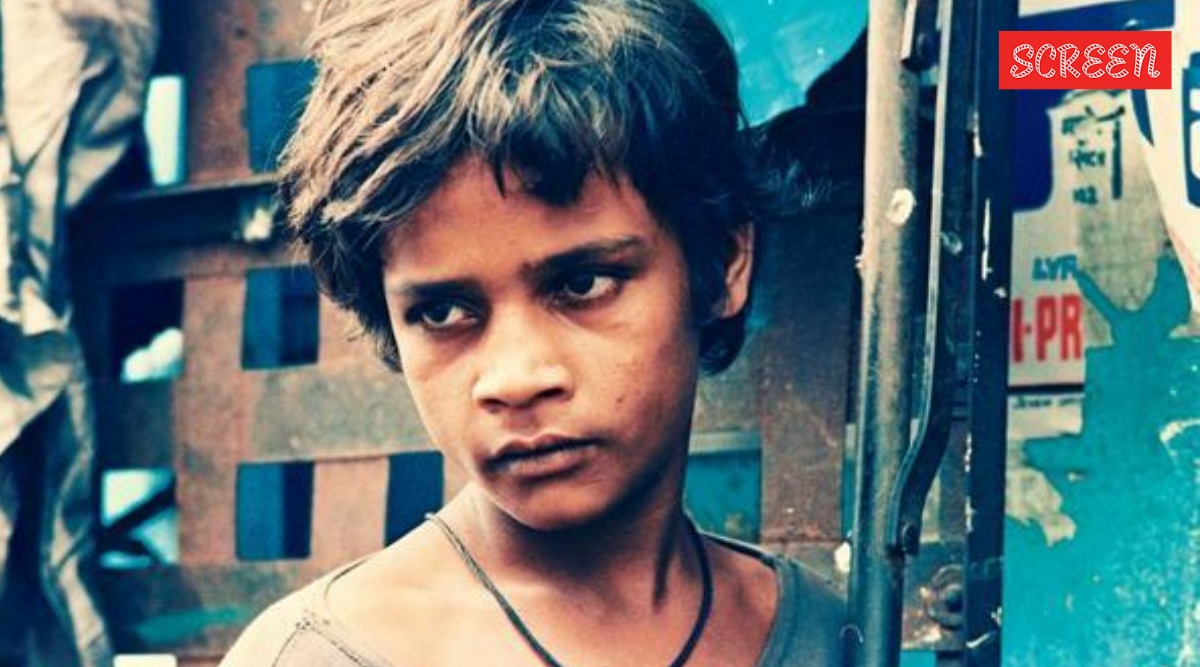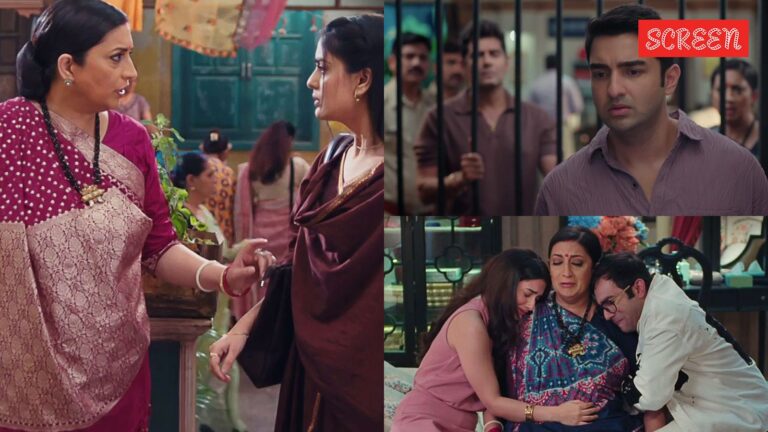Every day, it is said, thousands of aspiring actors land up in Mumbai hoping to be spotted by a filmmaker with the power to turn their lives around. Shafiq Syed was one of them. In fact, he is the rare example of someone who was actually spotted on the streets and given the role of a lifetime in an acclaimed film. But there are also thousands who leave the city of Mumbai every day with broken dreams. Shafiq belongs to this group, too. After the breakout success of his debut film, Salaam Bombay! he tried to give films a real shot. But when no work came his way, he left Mumbai and returned to his home in Bengaluru. There, he began working as an auto rickshaw driver, his illustrious past behind him. Once honoured by the President of India, and a winner of the prestigious National Film Award, he was barely eking out a living on Rs 150 per day and five mouths to feed at home. Shafiq even tried to kill himself, twice. This is his story.
It was in the 1980s that Shafiq ran away from home and travelled without a ticket to Mumbai, “just to see if what we saw in Hindi movies were right.” He lived on the streets near Churchgate station, and was approached by a lady who offered him and his fellow street kids Rs 20 if they came with her to an acting workshop. While the other kids ran away, suspecting a scam, Shafiq agreed, because he was hungry. He found himself among scores of other kids, and was eventually selected to play the lead role in Mira Nair’s Salaam Bombay! The movie became a critical hit, and remains one of only three Indian movies to earn an Academy Award nomination in the Best Foreign Language Film category.
He told Open Magazine in 2010, “While filming, I felt I did not have to ‘act’ at all. It consisted of language, stories and situations that I had already lived through. People called Salaam Bombay! an ‘art film’. But truth is, it wasn’t. It was like my own story. It was the life of India on the streets. It was life that wasn’t different from death, and I had lived it. Helping me out were co-actors Raghuvir Yadav, Nana Patekar, Anita Kanwar. I learnt that acting means a character honestly ‘reacting’ to a situation. The other person’s moves are a cue to what I have to do. I had to learn all these small things. Even just being myself in front of the camera was an on-the-sets education for me.”

But the dream ended abruptly for Shafiq. He told The Times of India, “We shot for 52 days and they agreed to pay me Rs 15,000. I was thrilled. After the shooting, I’d go watch movies and relish Mumbai’s street food. The movie was a huge hit and when the President took photographs with me, it was all a dream. But the dream ended abruptly. The film crew wound up and dispersed. I roamed the streets of Mumbai, knocked on the doors of producers for nearly eight months, but luck did not smile.”
He told Open, “As I came back to Bombay, news of Salaam Bombay! was in several newspapers. It kept getting nominated for some prize or the other, and got some international awards. No one called me for those awards. The only time I went for something was when I was called for the National Award in Delhi. I trooped in and out of innumerable film studios in Bombay, but got no work. I would go with newspaper cuttings where I was mentioned. On more than one occasion, a junior assistant director saw the paper clippings, saw my photo and asked: “Aaj khana khaya kya?”
Story continues below this ad
Shafiq appeared in one more film, Goutam Ghose’s Patang. But he quit Mumbai for good in 1993 and returned to Bengaluru. He began working as an auto rickshaw driver, but not before moments that pushed him to the edge. He told Open, “Sometimes Salaam Bombay! feels like a bad dream—and the movie itself is the bad dream that is real India. To be given fifteen minutes of fame and nothing thereafter is equal to a nightmare. Once the desire for recognition, money, success is stoked, it keeps on burrowing away inside you. I’d glimpsed the glitz of cinema. I saw it as a way out of the street life I had lived. That anxiety to break free of my conditions drove me insane. I think my desperation came in my way. Or, it’s my kismat. By the early 1990s, I knew my time was up in Bombay. It hurt so much, I twice tried killing myself. I’m not ashamed to admit it. Once I tried jumping into the sea at Chowpatty beach in Bombay; the other time I tried consuming poison in Bangalore. In 1994, I came back to Bangalore, and by 1996, started driving an auto-rickshaw for a living.”

Shafiq had four children by the mid-1990s. Two of them had dropped out of school like him when DNA interviewed him in 2013. “I don’t want my children to be like me. If I had studied, who knows, I might have even had a career as an actor. I could have been able to read the scripts at hand,” he said. Shafiq eventually quit driving autos, and took up odd jobs as a technician on Kannada soaps. “What else can I do?” he asked. “I have a family to take care of.”
He added, “That was it. My life just returned to where I left it when I took that train to Bombay. I keep a low profile and never talk about my films. Sometimes, I get to travel with film units whenever they shoot out of Bangalore.” Shafiq said that the producers of the film set up a Salaam Bombay trust for street kids like himself, but, ironically, he didn’t qualify.
Story continues below this ad
In a recent Facebook comment, a person who worked on Salaam Bombay! spoke about Shafiq’s tragic story. Bishwadeep Dipak Chatterjee wrote, “I remember Shafiq, our main child artist, as I was assisting in sound – yes, we were doing sync sound in ‘87. He was the saddest at the wrap party when reality hit him hard – ‘What now?’ They tried giving him a job at NFDC, he had even dropped in to the studio I was working in. The next I heard was that he shifted back to B’lore and is driving a rickshaw. One of his friends, Bernard, was luckier, the DOP adopted him and took him to LA. He’s turned into a fine young man today. He has a lovely daughter who’s grown too.”
The cinematographer who adopted Bernard, Sandi Sissel, told Time magazine in 2009, “He was tiny, and we all thought he was about five years old. He slept outside my guest-room door each night, and ultimately I invited him inside to bathe and sleep on a cot.” She thought that giving his mother money would help, but it didn’t. “If you give young kids in the slums money, then they do not see it. The mother took whatever I sent to Bernard. Toys were sold. Books were sold. Cash was taken. They lived in such desperation that she did what she had to do to survive. His mother’s boyfriend was burning him with cigarettes. A rat bit him in his sleep, and he became infected. Horror stories that do not end,” Sandi said.























